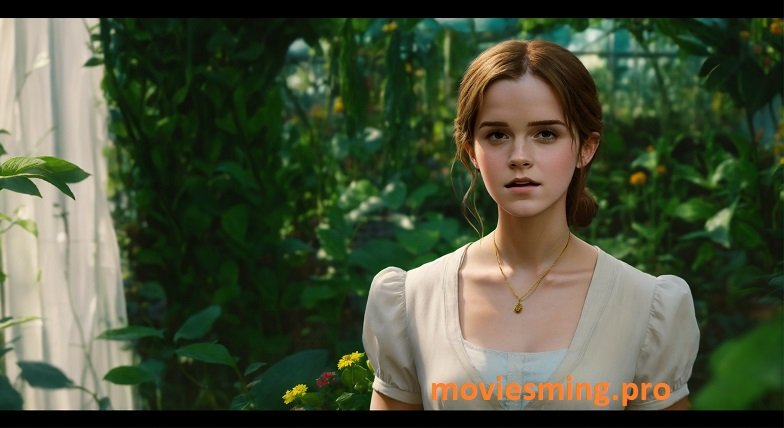Introduction
The idea of catching the paranormal or unsettling on camera has long been a popular narrative device in the horror genre. The terrifying story of Lars Klevberg’s film Polaroid revolves around an ancient Polaroid polaroid movie review camera that appears to be cursed with death, capitalizing on this interest. This 2019 film has captivated viewers with its fusion of contemporary narrative methods and vintage horror ingredients. We explore the story, characters, cinematography, and the overall significance of Polaroid in an in-depth study.
Unveiling the Curse
An old Polaroid camera found at a yard sale is where Polaroid got its start. After obtaining the camera, Kathryn Prescott’s character, Bird Fitcher, a high school student, discovers its dark side. Every person captured on camera dies a terrible and premature end. Bird and her pals are in a race against time to break the curse before it claims more lives as they work to solve the mystery around the camera.
Unraveling the Protagonists
Bird Fitcher, the main character, is shown as an ordinary high school student juggling personal problems and unintentionally becomes the focus of the lethal force of the camera. Throughout the movie, her character growth emphasizes themes of dread, remorse, and the fervent desire for atonement. The local sheriff and Bird’s buddies are examples of supporting characters who contribute depth to the story by bringing their own vulnerabilities and motivations to the fore.
Fear and Fatalism
Fundamentally, Polaroid deals with themes of fatalism and terror. Throughout the entire movie, there is a tangible sense of dread brought on by the combination of the terror of the unknown and the certainty of death once captured on camera. The idea of a cursed item that is difficult to destroy begs the problems of fate and the repercussions of interfering with elements of nature that are outside of human control.
Capturing Terror Frame by Frame
The tension and horror aspects of Polaroid are greatly enhanced by the film’s cinematography. The film’s main subject is furthered by the usage of the Polaroid camera itself as a visual motif and dark, moody lighting that heighten the sensation of unease. The sharp contrast that results from contrasting everyday scenes with paranormal activity makes viewers uneasy.
Crafting a Modern Horror Tale
Screenwriter Blair Butler works with director Lars Klevberg to create a new take on classic horror clichés in Polaroid. The story moves at a steady pace, allowing for intense scenes and unexpected revelations to break up the tension-filled moments. The dialogue advances the plot and gives the characters’ emotions more realism, even when it occasionally veers into well-known horror clichés.
Balancing Tradition and Innovation
Polaroid incorporates modern shocks into its story while paying respect to vintage horror flicks. In order to generate a lasting sensation of dread, jump scares are employed sparingly but effectively, depending more on atmosphere and tension. A distinctive twist that distinguishes Polaroid from other horror films of its genre is provided by the supernatural components, which are based in the mythology of the cursed camera.
Critical and Audience Response
Critics and viewers alike gave Polaroid mixed reviews when it first came out. Some criticized its dependence on genre cliches and predictable plot twists, while others complimented its ambient atmosphere and inventive premise. Horror fans’ and general audiences’ reactions to the movie varied, and its popularity was frequently attributed to personal tastes in scare techniques and narrative techniques.
A Modern Addition to Horror Cinema
In spite of its lackluster box office performance, Polaroid has established itself as a film that skillfully combines psychological suspense with otherworldly horror. Viewers that enjoy a good scare rooted in real human emotions and existential dread will find resonance in its examination of terror and mortality through the lens of an antique camera.
Polaroid vs. Classic Horror Films polaroid movie review
There are similarities between Polaroid and vintage horror movies such as The Ring or Final Destination, particularly when it comes to cursed items and inevitable outcomes. Polaroid sets itself apart, though, by emphasizing the results of taking a picture as opposed to the process of looking at it. This change in focus gives the supernatural horror subgenre with cursed items a new viewpoint.
Conclusion
Even though it didn’t become a huge hit, Polaroid made a significant contribution to the horror genre. The movie is successful in evoking a sense of dread and mystery by fusing classic scares with a modern narrative structure. The everlasting appeal of catching terror on camera is evoked by Polaroid, even as technology and horror fiction both advance.
FAQ
Is Polaroid based on a true story?
No, Polaroid is a fictional work that uses a cursed Polaroid camera to explore otherworldly themes.
What age rating is Polaroid?
The film Polaroid has a PG-13 rating due to its harsh language, thematic elements, violence, and dread.

